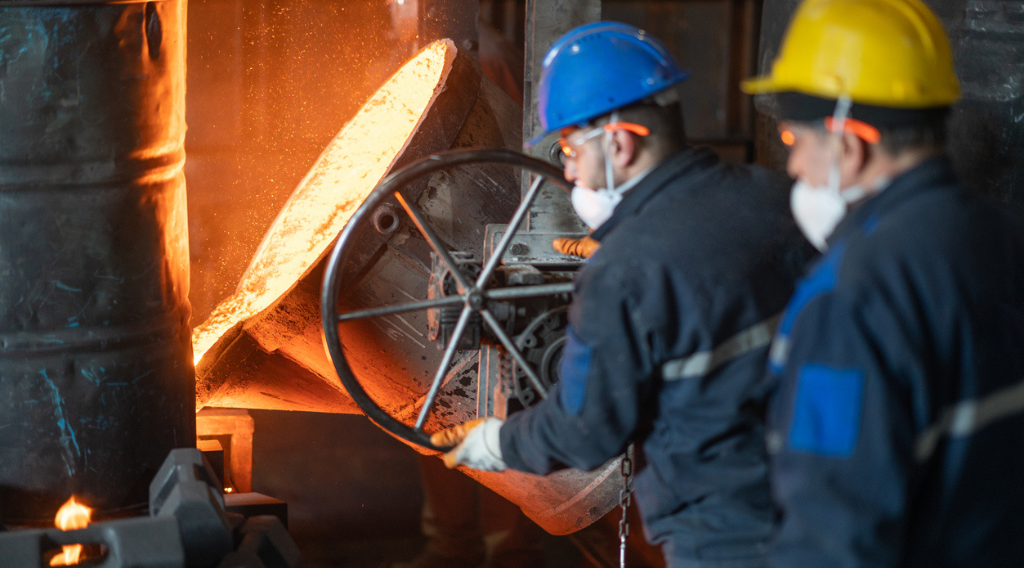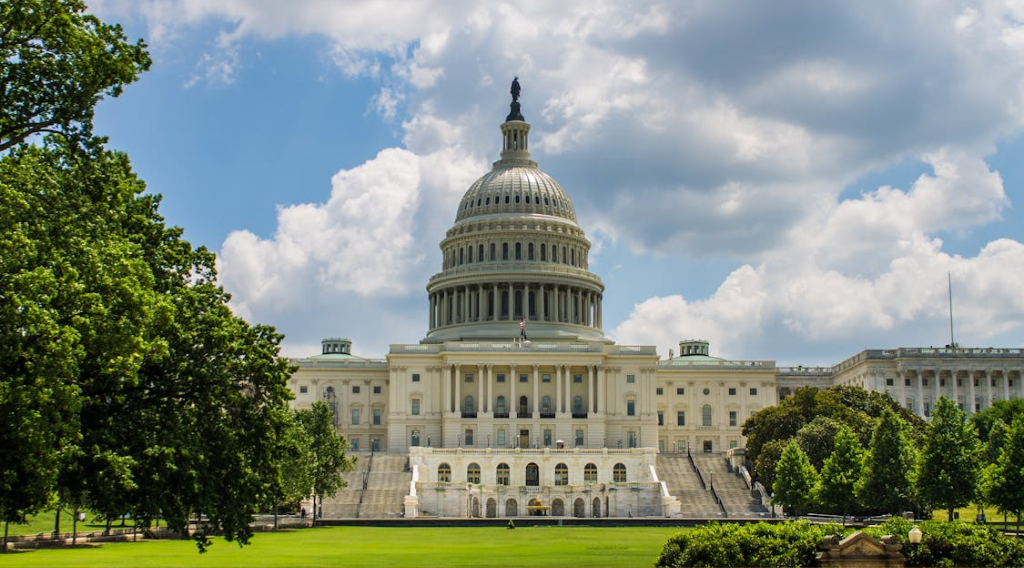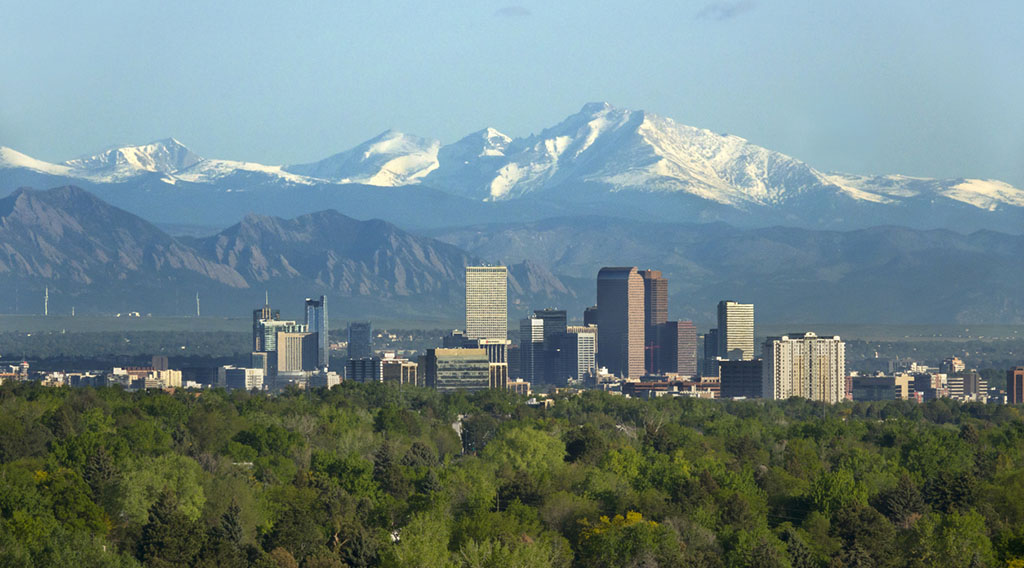
Leaders and stakeholders who are catalyzing carbon capture, storage, utilization, and removal efforts in the US recently gathered in Jackson Hole, Wyoming. Now in its second year, the CO2NNECT Conference, hosted by the Great Plains Institute (GPI), focused on what deliberate and strategic actions are needed for carbon capture, storage, removal, and utilization to reach its full potential as a national energy, jobs, and emissions reduction solution.
“We should be clear about the state of change that’s going to be required in order to meet the target that the science is giving to us,” said Jonathan Pershing, program director of environment at the William and Flora Hewlett Foundation. “We’ve essentially got to see more than a 50 percent reduction in the next 30 years. And many would argue that in the US getting close to carbon neutral in that same time frame. There is no model in which you can do it without carbon capture and storage.”
The necessity and urgency of implementing carbon capture was a theme across the broad cross-section of speakers and attendees representing industry, finance, investment, NGOs, labor, states and the federal government, and other sectors. Carbon capture shows particular promise as an economic and environmental solution in the industrial sector. Thirty-five percent of total global emissions come from that sector (taking into account facility emissions and emissions from the electricity needed to run those facilities) according to Rebecca Dell, industry strategist at ClimateWorks, and those emissions are rising fast. At the same time, Dell points out that the steel, cement, and chemical industries are the cornerstones of the world’s economy.
“They’re basically producing the fundamental materials that the whole rest of the economy is built out of,” Dell said.
Dell says carbon capture stands out among the solutions for significant industrial emissions reductions because it can be done at scale due to the relatively small number of industries concentrated at large facilities. Additionally, carbon capture is more technologically mature and cost-effective than the other options, with some analysis showing it could be implemented at half the cost of other solutions. Finally, it can be done without compromising the integrity of the final product.
“We cannot avoid the worst effects of climate change without reducing our industrial emissions,” Dell said. “Emissions from the industrial sector are too high and so we need to work on them—we need to reduce them directly. Industrial carbon capture and storage isn’t the only way we’re going to do that, but it is a critical pathway and we’re going to need it.”
Helping to pave those pathways toward more economy-wide adoption of the technology is the Carbon Capture Coalition—a diverse, nonpartisan group comprised of industrial, energy, and technology companies; labor unions; and environmental and energy policy organizations. The coalition released a first-ever Federal Policy Blueprint on carbon capture at CO2NNECT 2019. The blueprint includes consensus recommendations by the more than 60 participant organizations in the coalition, which is co-convened by GPI.
“Federal and state policies have succeeded in helping to scale up wind, solar, and other low- and zero-carbon energy technologies in the marketplace. Carbon capture needs a similarly comprehensive and ambitious suite of policy tools and incentives to achieve economywide deployment in the next decade,” said Brad Crabtree, GPI vice president and co-director of the Carbon Capture Coalition.
In 2018, the coalition was instrumental in the successful reform of a key tax credit, 45Q, for carbon capture projects which Congress passed as part of the federal budget bill. The new blueprint outlines additional federal policies that are needed going forward to build on 45Q and further expand commercial deployment of carbon capture projects and technologies. Former US Senator Heidi Heitkamp (D-ND), who was an original co-sponsor of 45Q, told the CO2NNECT attendees that education about carbon capture and federal policies is crucial to its success.
“I think a lot of people in this country believe that carbon capture is vapor. It’s not real. And one of the things that conferences like this prove over and over again is that it is real. It’s real and it’s being done every day in America. It’s being done by innovators, there’s huge amounts of investment headed in that direction (but) not enough to get us to commercial scale on a lot of this effort and so we need federal policies that promote and move this idea of carbon capture forward.”
Against the backdrop of the Grand Teton Mountains, Wyoming Governor Mark Gordon (R) talked about the opportunity for his state to be a leader in carbon capture. More than a decade ago, leaders in Wyoming recognized the potential for the state to become the Carbon Valley of the US, a place where carbon dioxide (CO2) could be used as a commodity in industrial production or permanently and safely stored in its vast geologic formations.
“This is where Wyoming is trying to take a leadership role. How can we take what is considered an emission, a terrible thing, and turn it into something valuable?…What we’re talking about here, in utilizing our resources much better and being clever and courageous about that, is we are talking about a more sustainable program going forward. The challenge for WY is how do we balance all of these competing resource needs in a way that provides high paying jobs, that provides sustainable employment, that provides for families, and for recreation, and for all of those things that this world is so glorious to give us.”
Governor Gordon is a member of the Governor’s Leadership Council on Carbon Capture, along with neighboring governor Steve Bullock (D-MT), and recognizes that carbon capture could provide high-paying jobs, sustainable employment, and protect the natural resources and clean air that are important to the region.
The economic and environmental potential for carbon capture is top of mind for Occidental Petroleum, also a member of the Carbon Capture Coalition and one of the companies investing in carbon capture technologies. President and CEO Vicki Hollub announced at CO2NNECT that Occidental and Carbon Engineering are moving forward with the engineering and design of what will be the largest direct air capture project in the world. It will be located in Texas’ Permian Basin and designed to capture 500 kilotons of CO2 from the atmosphere each year. The captured CO2 would then be used for enhanced oil recovery projects. Carbon Engineering CEO Steve Oldham says that is just the beginning.
“We’ve always focused our business on scale. This plant will be 100 times larger than any other direct air capture plant in the world, and that’s just the first phase. Our intent is to, with Oxy, build more plants in the same location.”
At last year’s CO2NNECT, Occidental and White Energy announced they planned to conduct an engineering study to consider the feasibility for carbon capture projects at two of White’s ethanol facilities in Texas. White Energy is also a member of the Carbon Capture Coalition. One of their fellow coalition members, National Wildlife Federation, presented its take on carbon capture. Federation President and CEO Collin O’Mara told the CO2NNECT crowd that the bipartisan nature of the coalition is key to its success, and ultimately the success of the technology to benefit the economy and environment.
“The National Wildlife Federation is all in. We need you all to succeed. This is a coalition we are proud to be a member of because, over the next few years, if we don’t figure out a way to get to net zero the incredible places that you’re going to get to enjoy for the next few days and around the world are in staggering trouble. There is no rational conversation to get to net zero without carbon capture succeeding…I think, frankly, this coalition, probably more than any other coalition we’re a part of, has figured out ways to bring people together across the aisle to find those bipartisan levers to move things forward.”
The coalition will now work to realize the goals set in the Federal Policy Blueprint. Current legislation and related efforts at play at the national level include:
- Treasury Guidance on 45Q
- Carbon Capture Modernization Act
- Enhancing Fossil Fuel Energy Carbon Technology (EFFECT) Act
- Utilizing Significant Emissions with Innovative Technologies (USE IT) Act
- Financing Our Energy Future Act
- Carbon Capture Improvement Act


